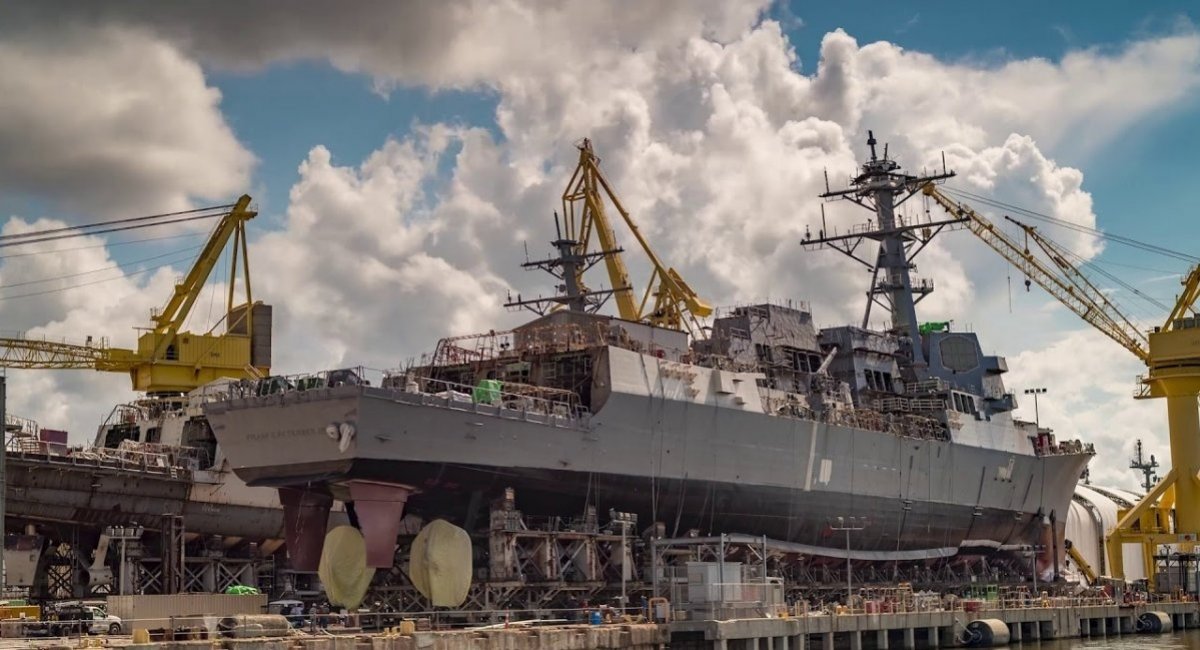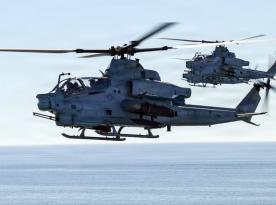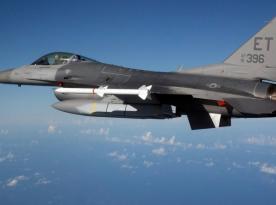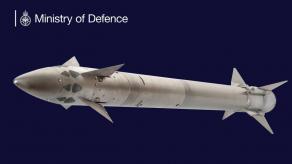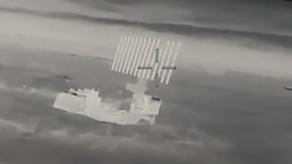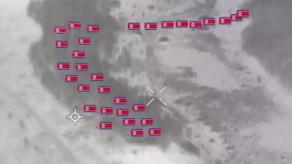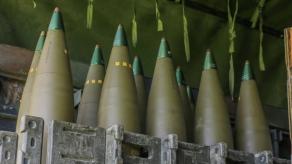Building one Arleigh Burke–class destroyer takes as much as 2.3 tons of rare earth metals, and a Virginia-class nuclear submarine needs 4 tons, according to a report by the International Institute for Strategic Studies (IISS), a London-based think tank.
This substantial amount of rare earth minerals required for construction of both ships is precisely because of how sophisticated their onboard systems are, the experts note in the context of a larger analysis of the role critical raw materials play in the Western defense industry.
Read more: US Currently Relies on Chinese Rare-Earth Elements to Produce Tomahawk and Other Missiles, It Explains A Lot
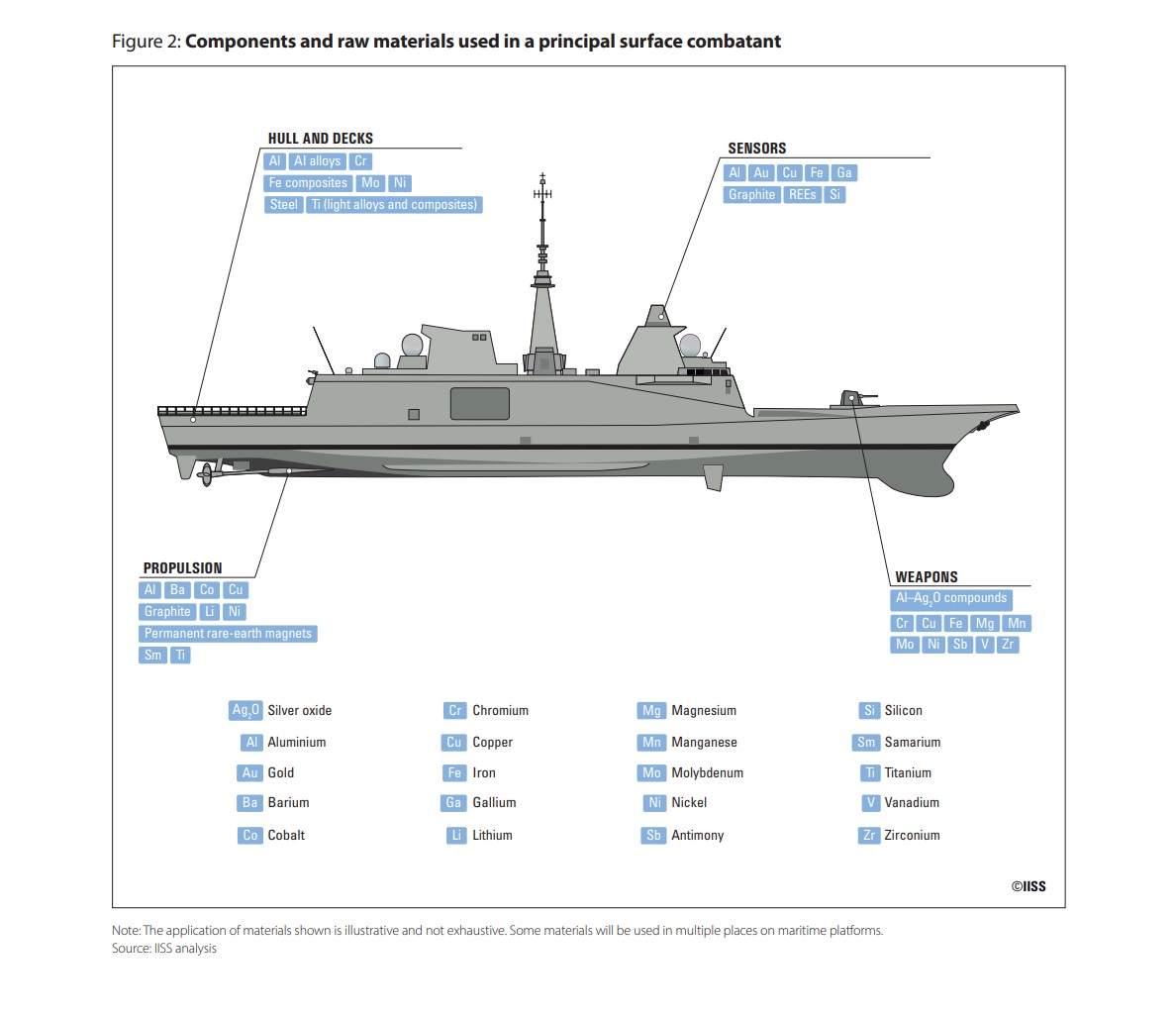
At first glance, the tech complexity of modern warships isn't news but running down the list of scarce materials necessary for their production can at least tell us how sustainable the supply chains are. Especially since there is a stable demand for combat ships worldwide, for European FREMM frigates particularly. The following breakdown also applies to all "other naval vessels with similar roles and equipment, and perhaps even more so when it comes to submarine design and construction."
Aluminum is needed not only for the ship hulls but also, for example, in some elements of power plants for radars. Graphite is used in batteries, radars and sonars. Gallium and gold can be found in the naval electro-optic sensor systems; chromium, cobalt, copper, iron, nickel and titanium are important for the manufacturing of hull and superstructure elements, internal equipment. and the ship's power supply systems.
Even elements of guns, torpedo tubes, and some simple mechanical devices (like valves) require some titanium and its alloys, chromium, manganese, molybdenum, and vanadium.
Diesel engines and gas turbine power plants, shafts and propellers include cobalt, copper, nickel and samarium. Most advanced batteries for submarines now need copper, graphite, silicon, aluminum, cobalt, manganese, and nickel, while previous generations of batteries made do with lithium and lead.
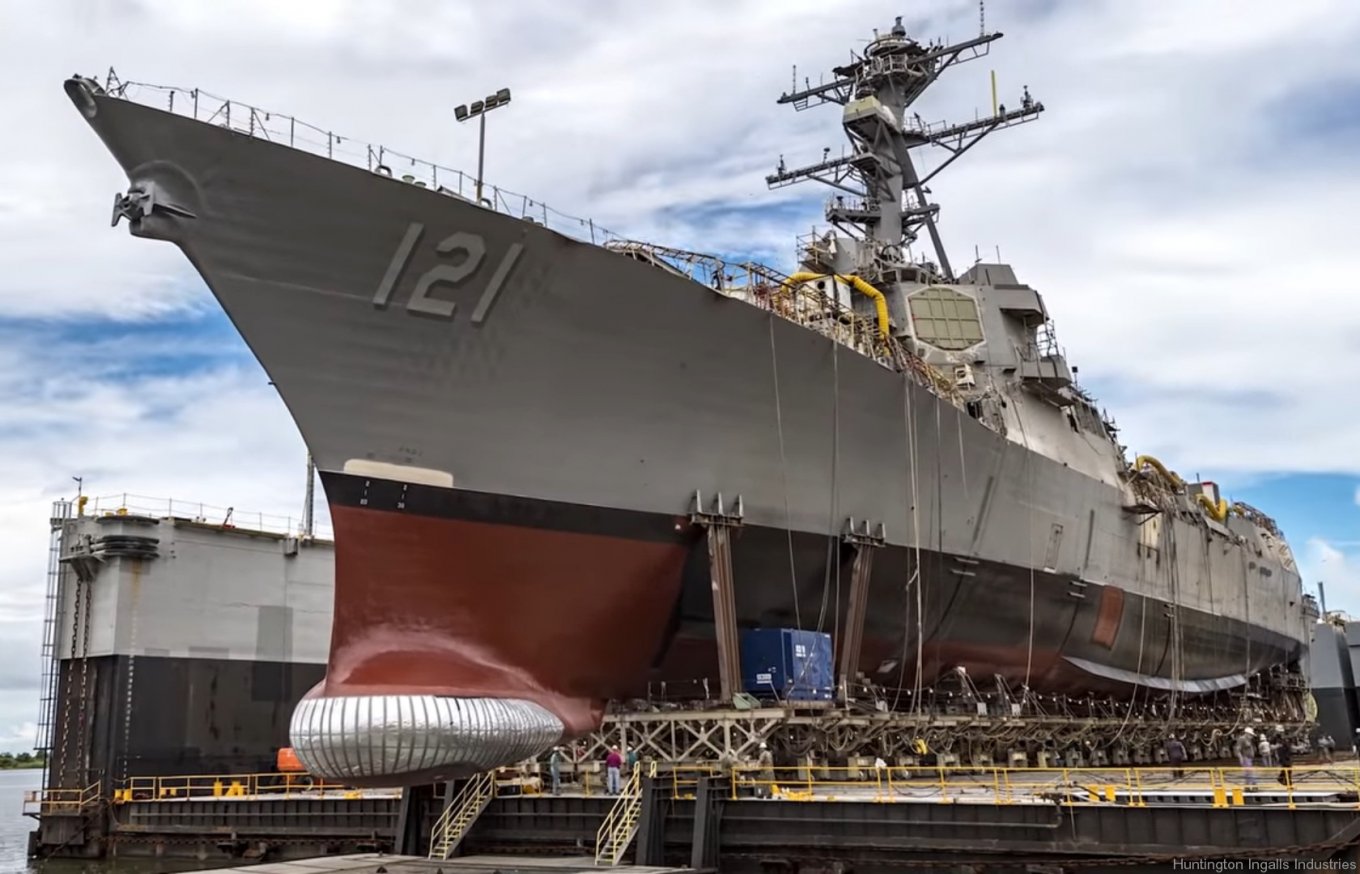
Read more: How a 25% Import Tax Threaten Military Supply Chains, the U.S. May Grow Dependence on China and russia



